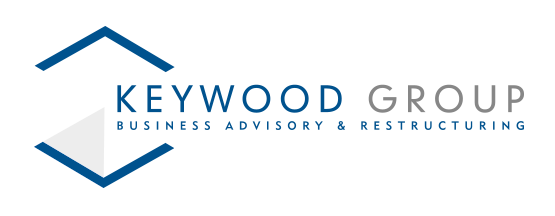Dealing with misuse of the Bounce Back Loan Scheme
Bounce Back Loans supported eligible businesses through the Covid-19 pandemic. 1.5 million loans were issued under the scheme and the total borrowing is a staggering £47 billion. More than 90% of loans (£39.7 billion) went to micro-businesses with turnover below £632,000.
Most businesses have started to repay the loans, but the National Audit Office has estimated that approximately 37% of loans worth £17 billion may not be repaid. This estimate includes credit losses and fraudulent losses. Fraudulent losses cover those loans made to businesses that were not eligible to apply, and those who took loans with no intention of repayment.
With so much at stake the government announced a new central government taskforce called the Public Sector Fraud Authority that will recruit experts and crack-down on fraudsters who have defrauded taxpayers.
For companies that borrowed responsibly, and used Bounce Back Loan funds for the intended purposes, this is nothing to worry about. But, if your company has benefited from a Bounce Back Loan which it was not eligible for, or the funds have not been used properly, then you should consider the potential implications.
Bounce Back Loans and Personal Guarantees
The government provided 100% security to lenders for loans obtained through the Bounce Back Loan Scheme (“BBLS”), however, it is the responsibility of the company itself to pay back the loan in accordance with the agreed terms. The government guarantee meant company directors were not required to provide a personal guarantee.
Where a company is unable to recover from the impact of Covid-19, or other current issues, and finds itself in financial distress later, or enter liquidation, then responsibility for repaying the bounce back loan will remain solely with the company. However, there are certain situations where a director could be held personally liable.
When is a company director personally liable?
A company must be able to demonstrate that the bounce back loan was properly applied for, and that it met the lending criteria. Furthermore, the funds must have been used to provide an economic benefit to the business. The bounce back loan funds cannot have been used by directors personally or otherwise used in a way which did not provide any benefit to the company’s business.
If the funds have not been used correctly, and the company cannot afford to repay the loan and subsequently becomes insolvent, there is a risk that company directors could be made personally liable for the repayment of the loan.
If the loan has been used sensibly, and subsequent transactions can be supported by company records, liquidation of the company would mean the end of the BBL liability.
However, the threat of personal liability is not the only consideration. In recent months more than one in three company directors who have been disqualified were found to have abused Covid support schemes. In some cases, disqualified directors also face criminal charges.
What options do I have if my company cannot pay its Bounce Back Loan?
Company Rescue
If the business is viable then it may be rescued either via a Company Voluntary Arrangement (CVA) or Administration. A CVA is a legally binding agreement between a company and its creditors, in which creditors are paid all or part of the debt over an agreed period. Subject to approval, a CVA could allow the company to continue trading, whilst making affordable payments to its unsecured debts. A Licenced Insolvency Practitioner is appointed to supervise the CVA, ensuring the company adheres to the terms of the agreement.
Administration is an option which can rescue a company but is more likely to save the core business and provide continuity to certain stakeholders. A Licenced Insolvency Practitioner is appointed to manage the company’s affairs. The process can allow the company to continue trading (in administration), could result in a sale of the business and assets.
Company Closure
In many cases you will need to consider whether the company should be wound-up (formally closed). Voluntary liquidation is an insolvency process formally known as Creditors Voluntary Liquidation (CVL) and is appropriate where a business has no viable future and must cease trading. Once it is resolved that the company should enter CVL, a Liquidator will be appointed by the shareholders and creditors, and company assets will be sold to repay its liabilities.
Help from Licenced Insolvency Practitioners
Keywood Group is a Licenced Insolvency Practice with offices in Birmingham and London. We pride ourselves on providing transparent advice on the implications of each option. If there are known concerns regarding your company’s use of the Bounce Back Loan Scheme we will discuss this with you at the very start.
If you would like any further information, please contact us for a no obligation chat.











